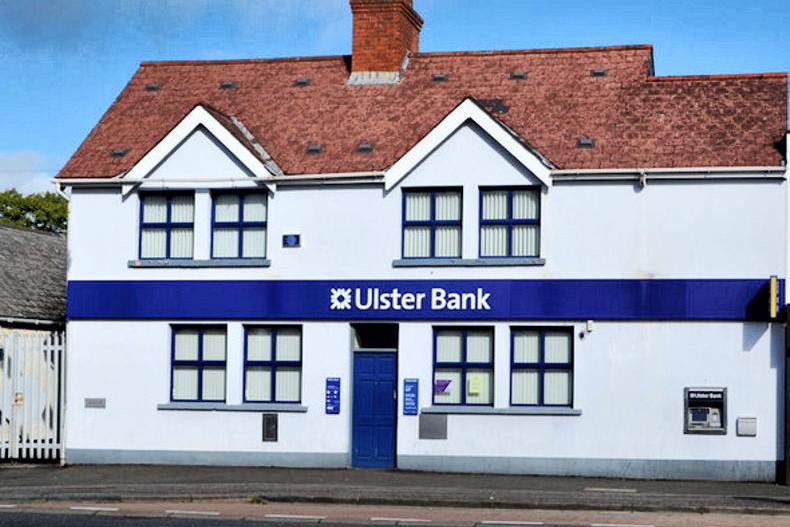Ulster Bank has announced a phased withdrawal of all its banking activity and associated services from the Republic of Ireland over the coming years.
The move will affect an estimated 10,000 farmers with borrowings from Ulster Bank, and a further 10,000 availing of current account facilities.
In total, the bank has 1.1m customers in the country, along with 2,800 staff and 88 branches.
It is the third-largest retail bank in Ireland and accounts for about 15% of the €1bn market in new lending issued to farmers every year.
The withdrawal comes following a strategic review of the bank’s operations by NatWest, the UK lender that owns the bank.
The side of the business based in Northern Ireland was not included in the review.
Withdrawal
"Ulster Bank will continue to communicate with customers throughout this process and remains open for business, new and existing, through all business channels," the bank said.
Ulster Bank has indicated that a memorandum of understanding has been agreed with AIB for the sale of a €4bn portfolio of performing commercial loans.
It remains to be seen if any agricultural loans have been included in this portfolio.
The bank is in contact with Permanent TSB to discuss the sale of other parts of the business.
"Our preference is to continue to focus our discussions with counter parties who can provide customers with full banking services in the Irish market," it said.
Commitment
IFA president Tim Cullinan said NatWest must make a commitment that it will not sell any of its loan book to a so-called vulture fund, but to banks that can offer a full service to customers.
“This withdrawal has significant consequences for competition in the sector, but the first priority must be to ensure that the loan book ends up with a bank that provides a full banking service and not a faceless fund,” Cullinan said.
Read more
Clarity expected this week on future of Ulster Bank
Money mentor: how do I check my credit rating and is it important?
Ulster Bank has announced a phased withdrawal of all its banking activity and associated services from the Republic of Ireland over the coming years.
The move will affect an estimated 10,000 farmers with borrowings from Ulster Bank, and a further 10,000 availing of current account facilities.
In total, the bank has 1.1m customers in the country, along with 2,800 staff and 88 branches.
It is the third-largest retail bank in Ireland and accounts for about 15% of the €1bn market in new lending issued to farmers every year.
The withdrawal comes following a strategic review of the bank’s operations by NatWest, the UK lender that owns the bank.
The side of the business based in Northern Ireland was not included in the review.
Withdrawal
"Ulster Bank will continue to communicate with customers throughout this process and remains open for business, new and existing, through all business channels," the bank said.
Ulster Bank has indicated that a memorandum of understanding has been agreed with AIB for the sale of a €4bn portfolio of performing commercial loans.
It remains to be seen if any agricultural loans have been included in this portfolio.
The bank is in contact with Permanent TSB to discuss the sale of other parts of the business.
"Our preference is to continue to focus our discussions with counter parties who can provide customers with full banking services in the Irish market," it said.
Commitment
IFA president Tim Cullinan said NatWest must make a commitment that it will not sell any of its loan book to a so-called vulture fund, but to banks that can offer a full service to customers.
“This withdrawal has significant consequences for competition in the sector, but the first priority must be to ensure that the loan book ends up with a bank that provides a full banking service and not a faceless fund,” Cullinan said.
Read more
Clarity expected this week on future of Ulster Bank
Money mentor: how do I check my credit rating and is it important?







 This is a subscriber-only article
This is a subscriber-only article










SHARING OPTIONS: